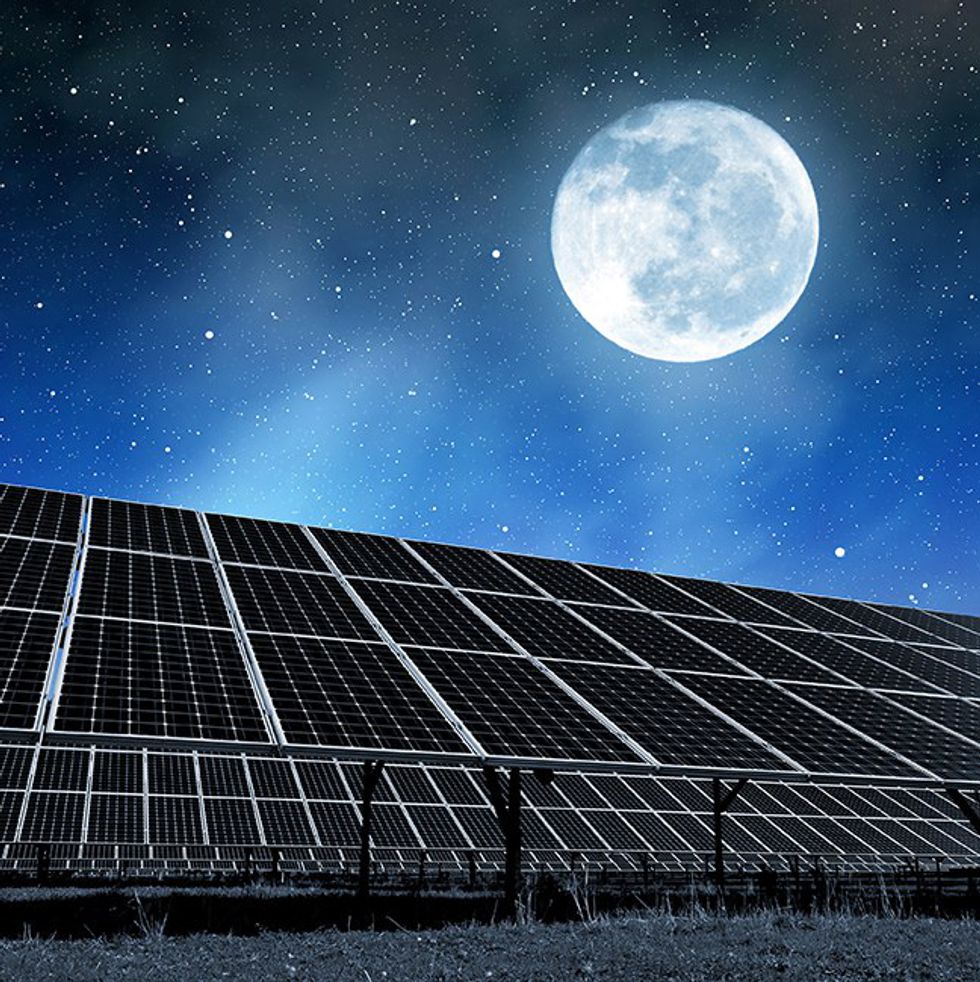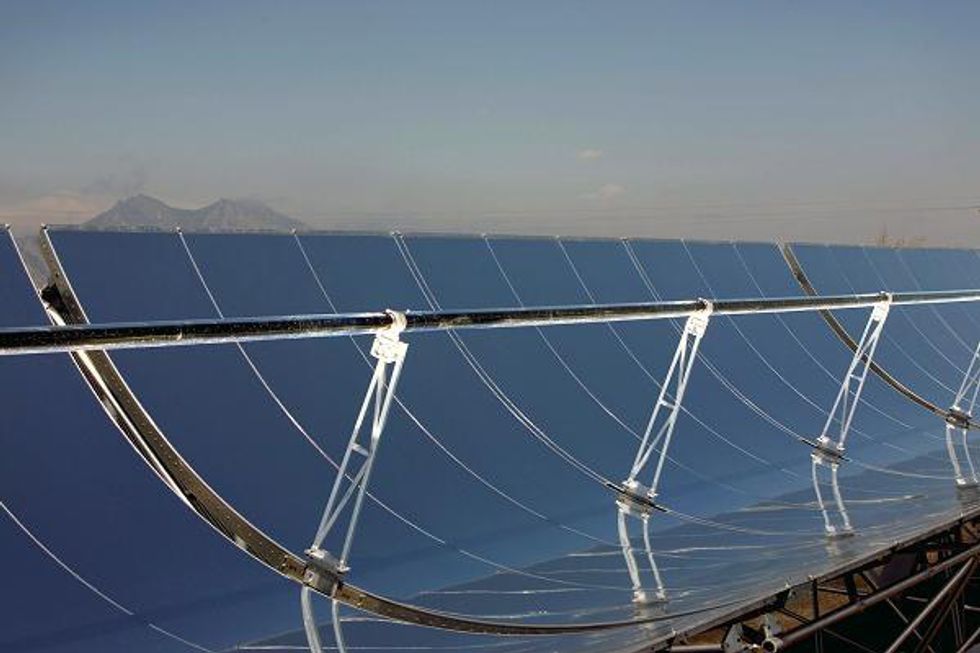In this modern era, the push for alternative sources of
energy continues to grow stronger and stronger as traditional fossil fuels
become less reliable and less available. One of the cleanest and most reliable
sources of “clean” energy, one that seems to capture everybody’s attention is
solar energy. After all, it seems obvious- the sun is where, ultimately, all
energy in our system comes from. Plants turn sunlight into food, and dead
plants eventually become oil and coal. It seems obvious to cut out the middle
man, so to speak, and take our energy directly from the sun, just like plants
do.
However, it’s never that easy. Solar panels are notoriously inefficient. The current record holder for highest percentage of energy taken from sunlight is only 22%. For all the energy actually hitting a solar panel, less than one quarter is being converted into electricity. And that’s not even bringing up the problem of the large scale energy storage needed to power things when the sun isn’t shining, such as during that half of the day we call “night time”. Or even when it’s sufficiently cloudy, or has been rainy.
not just with large scale companies, but also private individuals. The industry
for private solar panels is growing exponentially: it provides jobs for
thousands upon thousands of American citizens, and in 2012 several hundred
thousand homes had access to a private solar panel.
Some countries in particular are focusing, especially on solar
power to meet their energy needs without contributing too much of a carbon
footprint. Germany is notable for their number of solar panel companies, and
their number of solar farms dotting the countryside. Japan has recently
announced that it will be creating the world’s largest floating solar farm by creating
large artificial islands in a reservoir.
These floating solar farms will be most useful for nations
like Japan, which are particularly short on land but definitely not short on
citizens who need electricity. Unfortunately, even this large project will only
be able to power little more than 10,000 homes, which is like drops in the
ocean when compared to Japan’s densely packed 116 million citizens.
Recently, large energy companies have been getting
innovative in order to meet the public’s demand for cleaner, greener energy. In
the southwestern United States, an entirely different form of solar energy
harvesting than what we are used to is being experimented with in one of the
sunniest places in the country- a stretch of desert not far from Las Vegas,
Nevada.
the sun’s energy directly into electricity, use a slightly more traditional method.
They use large mirrors to focus solar rays on containers of water, heating into
steam in order to drive turbines.
These collectors aren’t widely used yet, but they’re
relatively successful and significantly cheaper than the ludicrously expensive
solar panels most people imagine when they first hear the words “solar power”.






















